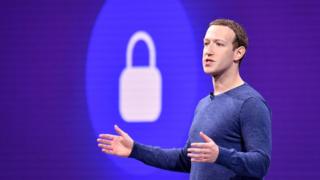below tell the story of the development of DIGITAL’s
landmark first computer, the PDP-1.
Using DIGITAL’s own initial product, laboratory
modules, engineer Ben Gurley designed a high-speed, solid
state digital Programmed Data Processor which could
operate with many types of input-output devices and no
internal machine changes.
As the world’s first commercial
interactive computer, the PDP-1 was used by its
purchasers to pioneer timesharing systems, making it
possible for smaller businesses and laboratories to have
access to much more computing power than ever before.
Biweekly Report, October 30, 1959. Ben Gurley and Harlan
Anderson detail progress on the PDP-1’s construction,
programs, and potential customers.

Letter from Ken Olsen to Norman Taylor of Itek, November
10, 1959. Itek bought the second PDP-1 for use in
electronic drafting, the world’s first use of a CAD
application.

Datamation, November/December 1959, vol. 5, no. 6,
p. 24. The article outlining the many features of the new
machine generated much advance interest in its appearance
at Boston’s Eastern Joint Computer Conference.

Logic organization of the PDP-1, PDP-1 Handbook,
p. 9. Although the computer could be used for many
different and sophisticated purposes, its relatively
simple organization enabled it to be sold with a handbook
only 72 pages long.

Systems tape record formats for PDP-1 loader program.

Biweekly Report, September 16, 1960. Gordon Bell, who had
started at DIGITAL that June, demonstrates his full
immersion in efforts to market the PDP-1 to appropriate
customers and to provide programs and documentation for
the machine. His comparison of the PDP-1 to the
Volkswagen beetle is apt: the low-cost, high-performance
PDP-1 redefined the computer as an affordable and
accessible tool instead of as one available only to big
business, big government and big science.


Letter from Ken Olsen to Prof. Peter Elias, MIT,
September 15, 1961. The gift of a PDP-1 to the Electrical
Engineering Department at MIT began a policy of
supporting academic programs and institutions which
prepared students for work in computing. The PDP-1 was
immediately put to many varied uses, such as setting up
the world’s first timesharing network and the creation of
one of the first ever video games, “Spacewar!”.

Letter from D.C. Sonnischen, Parachute Club of America to
Harlan Anderson, October 1, 1962 and photograph of PDP-1
tent at the Sixth World Sport Parachute Championships.
This innovative use of the PDP-1, demonstrating its
portability and versatility, was no doubt one of the
first instances of computerized scoring at a live aerial
event.


Letter from Martin Deutch, MIT to Ben Gurley, November 6,
1962. A description of a successful, specialized
application more within the scope of what the PDP-1 was
designed to do.

Memorandum to Sales Personnel, September 13, 1963. Price
list for PDP-1 memory expansion.


Building the PDP-1.

